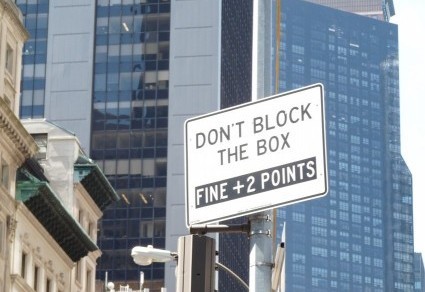My friend Catherine told me about a shirt with the slogan “Keep Clam and Proofread On.” In the spirit of keeping clam, I submit this sign, which the Department of Sanitation of New York (DSNY) taped to a lamppost on West 72nd Street, just before the Pope’s visit.
The photo quality isn’t great, so I’ll repeat the text of the numbered items and the paragraph at the bottom of the sign, which begins with an underlined statement:
- For Wednesday, September 23, 2015, regular set-out and pick-up time (black bags).
- But, for Friday, September 25, 2015, DSNY will pick up the garbage (black bags and recyclables) on Thursday evening from 4:00 o’clock to 12:00 midnight.
Nothing on Friday morning at all. Most likely 5:00 or 6:00 p.m. start on Thursday, he said the 4 – 12 shift.
I think we can all agree that the best response to this sign is huh? The numbered items attempt clarity, thoughtfully including the month, day, and year in case anyone was in a coma and emerged just in time to see the Pope, missing the media blitz the rest of us encountered. But item number two could be reworded. I’m being picky here (what else is new?) but I’d prefer to see “instead of Friday” replace But, for Friday. At a minimum, I’d dump the comma, which to my ears breaks the flow of the sentence.
And then that last paragraph! Who is he? Probably not Pope Francis, who is interested in workers’ rights but unlikely to concern himself with rescheduled sanitation shifts. Furthermore, is it from 4:00 o’clock, as item two says, or a 5:00 or 6:00 p.m. start, as the last paragraph states?
Moral of the story: Don’t cut and paste, and proofread clamly, in case you find a Type O.
























